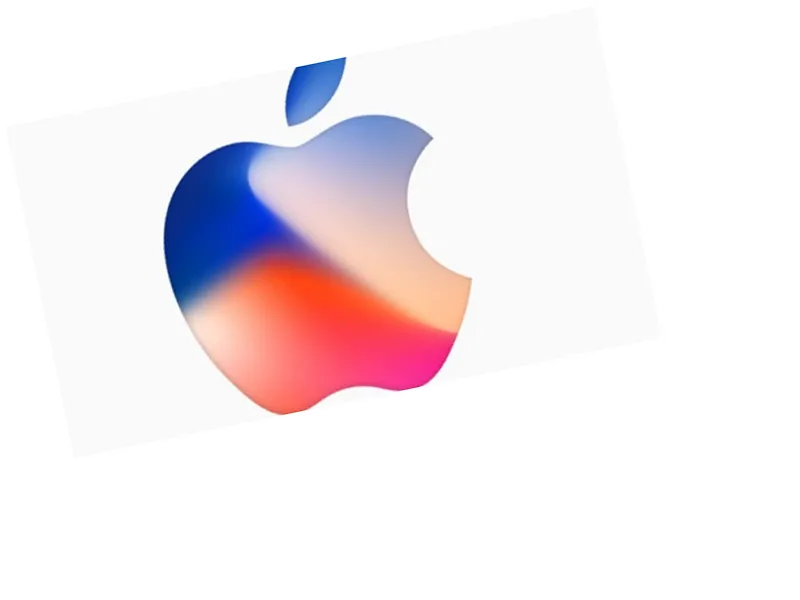Apple Introduces Satellite Messaging for iPhone Users
In a groundbreaking update, Apple has unveiled a new feature for iPhone users that enables text messaging via satellite. This innovative capability is available for iPhone 14 and later models running iOS 18, allowing users to send messages without needing a Wi-Fi connection or cellular network. Currently, this feature is exclusive to users in the United States and Canada, marking a significant advancement in mobile communication.
How Does Satellite Messaging Work?
Apple's satellite messaging builds on its existing SOS via satellite service, which has been in place for several years. The technology allows users to connect to a satellite for emergency services, and now extends to regular text messaging. When a user attempts to send a message without a cellular or Wi-Fi connection, the system will automatically connect to the nearest satellite, enabling the sending and receiving of text messages and emojis through iMessage and SMS. Notably, messages sent via iMessage are end-to-end encrypted, enhancing user security.
Steps to Use Satellite Messaging
To utilize this feature, users must ensure iMessage is enabled in their settings and that the recipient has the latest iOS version. Users should also have sent or received an iMessage recently to initiate satellite messaging. It’s essential to note that group messaging and multimedia sharing are not supported, and messages may be limited in character count. Users must be outdoors with a clear view of the sky for optimal connectivity, as heavy foliage or obstacles can hinder satellite access. Sending messages may take a few minutes, and recipients will be notified that the message was sent via satellite.
Despite its advantages, the service's availability is currently limited to iPhone 14 and newer models, and only in the US and Canada. However, Apple has indicated that the SOS feature will soon expand to other regions, including the UK, suggesting potential future availability of satellite messaging for British users.





